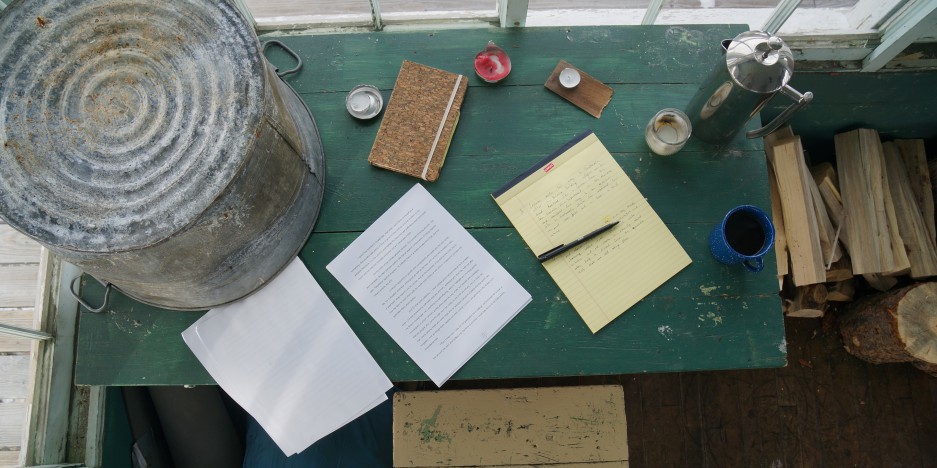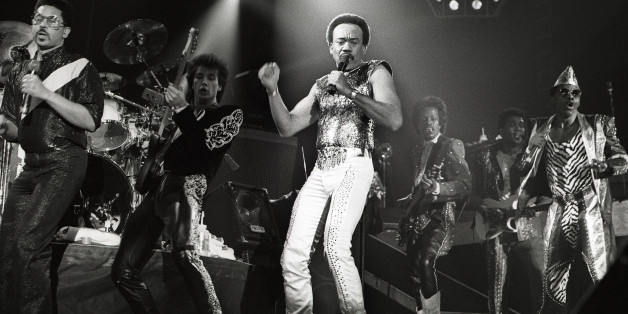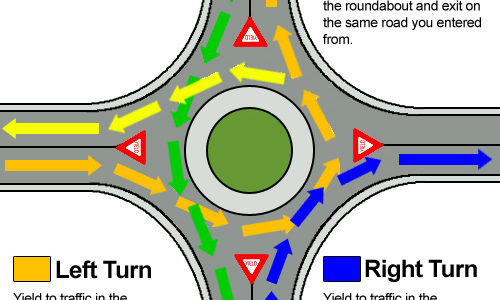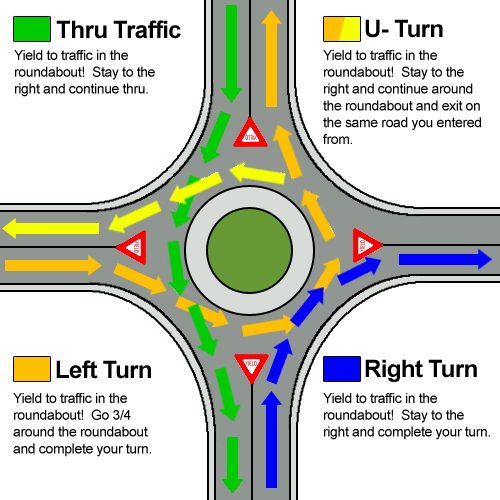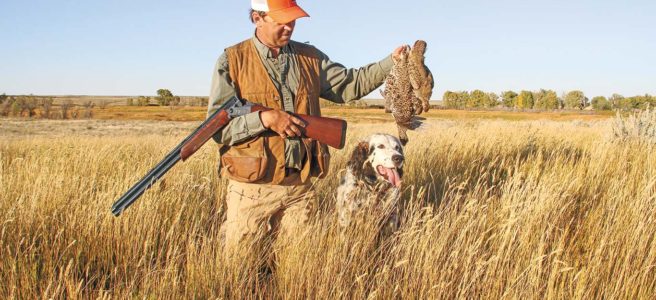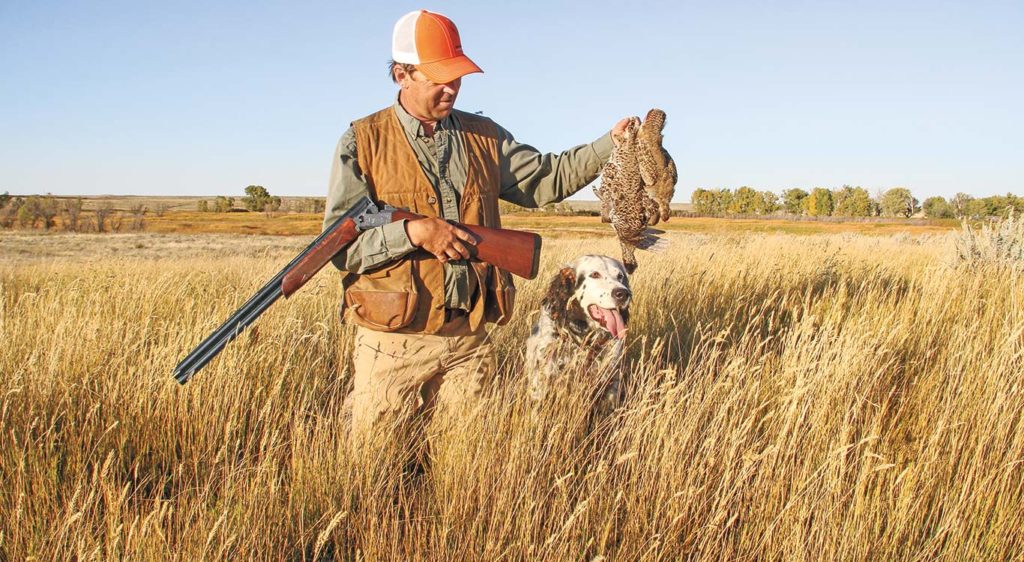Well, friends, the midterms are coming. You know the midterms. It’s the thing we on the left have been shrilling about for damn near two years. It’s time to get our shit together, now, and actually go do the thing. You know, vote.
That means we need to register, and make sure we haven’t been purged from voter rolls by right wing incumbents, and turn out in numbers so vast that we can cut against the lean of decades of gerrymandered congressional districts. It means that we need to know the ballot, the whole ballot, and not simply the well-financed names at the top. It means that we need to be informed on a breadth of issues and topics and initiatives and referendums, and for that we need a source.
A news source.
Unfortunately, “reading the news” isn’t as easy as it sounds, even if we wanted it. Generally, news content has shifted from print to online, and advertising revenue has cratered – the economics of reporting the news has grown increasingly dire.
Nationwide, we have watched as the news industry simultaneously consolidates and democratizes, and a few (incidentally conservative) conglomerates have spent the last decade acquiring local and regional newspapers and channels under names like Lee and Sinclair. At the same time, local alt-weeklies have seen a nearly 40% decline in circulation in the last five years alone. This explains why so many have shuttered in recent years, leaving a void of the kind of in-depth, long form reporting that is essential for understanding the complexity of issues facing voters today.
And while consolidation and profitability are not inherently wrong (in fact that’s pretty much the publisher’s entire job), there is a clear and present threat to our democracy when shareholder interests bleed onto editorial cue cards. I mean, remember this shit?:
This comes at a time when the President of the United States is literally taking pages out of 1984 as he tells us to reject the evidence of our eyes and ears:
There is no question that the constant, pernicious assault on the legitimacy of the news media is the greatest threat our county faces today. But what is most troubling about this is the way that an authoritarian leader has appropriated critiques of the industry that aren’t entirely invalid.
It used to be that it took significant resources to produce the news. It required a means of broadcast or physical distribution, operations of a huge scale that carried their own kind of legitimacy. Reporters and anchors were professionals, trusted by the public to unflinchingly report on current events. This implicit legitimacy that comes alongside the fact of broadcast has lingered in the public subconscious for much longer than it has necessarily been true.
It used to be that in order to get a byline or give an interview on television, you were vetted by checks and balances. Now, as the news model that has served our democracy for hundreds of years unravels, it takes only a blog and free time to pose as legitimate news. This goes for propaganda outlets on the left and the right, DemocracyNow! and InfoWars are indistinguishable, The Huffington Post is as Fair and Balanced as Fox News.
We have forgotten that what makes news trustworthy and reliable is not the resources to broadcast it, but an ironclad code of journalistic ethics, bestowed in an environment in which journalists are professionals. We are losing, laying off, buying out the professionals, and we are suffering as a result.
Without professional journalism every other possible disagreement that we may have is moot, because without legitimate, professional journalism we cannot possibly agree on even a common set of basic facts. Without real journalism the conditions for conversation are not met, and democracy cannot function without a conversation. This is a big deal, and the central threat to whatever American greatness ever existed.
The solution, of course, is that we need to pay for journalism. Not through advertising dollars that fluctuate at a whim and pander to a low common denominator, but through public funding and a commitment to independence. A free press is guaranteed by the constitution and needs to be funded publicly, for public benefit. Our very survival depends on it.
Like
